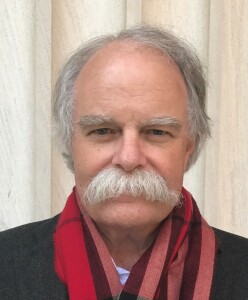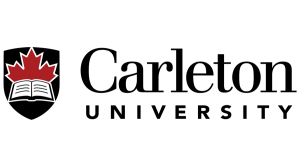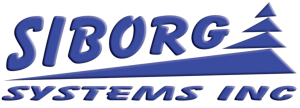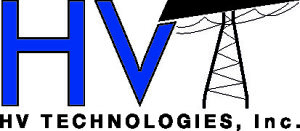Sponsored by Keithley Instruments, a Tektronix Co., and the IEEE Instrumentation and Measurement Society
Ian Hunter
For the development and commercialization of nonlinear system identification techniques in instrumentation and measurement applications

Having spent much of his childhood designing and building various machines and measurement instruments in a home electronics shop and chemistry laboratory, Ian Hunter’s passion is the creation of new instruments and measurement techniques at the micro scale that benefit society. He and his students have developed many novel instruments and devices including confocal laser microscopes, scanning tunneling electron microscopes, miniature mass spectrometers, new forms of Raman spectroscopy, needle-free drug delivery technologies, microsurgical robots, robotic endoscopes, high-performance Lorentz-force motors, and microarray technologies for massively parallel chemical and biological measurements. He has founded or cofounded over 30 companies, many of which feature technologies incorporating the novel use of nonlinear system identification techniques both in conducting measurements and in the control of their instrumentation systems.
An IEEE Life Member, Hunter is the Hatsopoulos Professor in Thermodynamics at the Massachusetts Institute of Technology, Cambridge, MA, USA.
Nonlinear System Identification: 40 years of Applications to Instrumentation
Summary: In this talk I will describe the use of various nonlinear system identification techniques to many instruments we have developed both in our university labs (Auckland, McGill and MIT) and in over 30 companies we have founded. Early techniques included Quasi-linear, Wiener kernel system ID and Hammerstein and Wiener type nonlinear system ID methods. Later methods included Volterra kernel, parallel cascade and NARMAX nonlinear system ID. Instruments and other systems modeled and controlled include Raman spectrometers, IR spectrometers, mass spectrometers, nuclear magnetic resonance spectrometers, electrical impedance spectrometers, acoustic spectrometers, real-time gas chromatographs, needle free drug delivery devices, robotic endoscopes, eye surgery robots, wireless power transfer systems, in wheel multi-degree of freedom electric vehicle actuators, active electric vehicle suspension systems, artificial muscle type actuators, living muscle and skin nonlinear mechanics measurement instruments, dissolved oxygen sensors and conducting polymer energy storage technologies. The talk will include our experience in teaching linear and nonlinear system identification techniques to undergraduate and graduate students at MIT in our Instrumentation and Measurement, and Advanced Instrumentation and Measurement courses. We have developed a large number of teaching demos which may be used by students to learn system identification techniques in the context of hands-on instruments and devices. This initiative is called MICA (Measurement, Instrumentation, Control and Analysis) and is designed for use in teaching any STEM subject. In this initiative, system ID techniques are considered to be the formalized scientific method.








